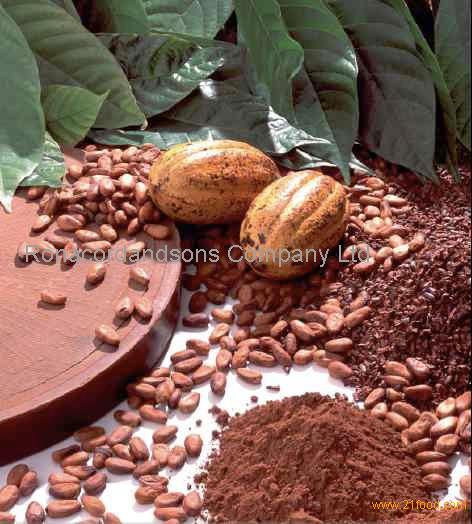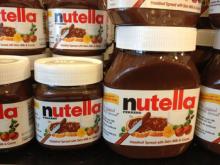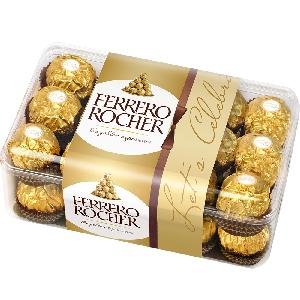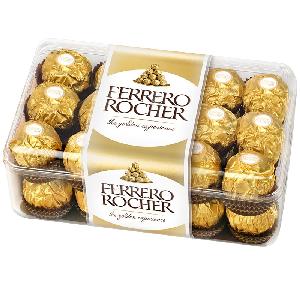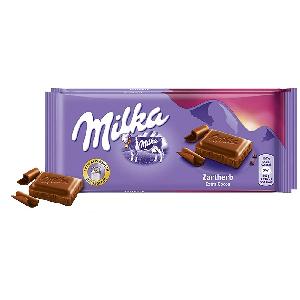The cocoa tree (Theobroma cacao L. of the Sterculiaceae family) is usually a small tree, 4 to 8 meters tall, although when shaded by large forest trees it may reach up to 10 meters in height. The stem is straight, the wood light and white and the bark is thin, somewhat smooth and brownish. The fruit (pods) reach up to 15-25 cm in length. Each pod contains about 30 to 40 seeds, which after drying and fermentation are known as cocoa beans. The seeds are reddish-brown externally and are covered by a white, sweet pulp.
For ideal production, cocoa trees need rainfall between 1,150 and 2,500 mm per year and temperatures between 21°C and 32°C.
There are three varieties of cocoa trees. The most common is Forastero, which account for 90% of the cocoa beans produced in the world. It is found widely in West Africa and Brazil. The second group is the Criollo, which produce "fine and flavor" beans, mostly grown in parts of the Caribbean, Venezuela, Papua New Guinea the West Indies, Sri Lanka, East Timor and Java. Finally, there is the Trinitario variety, which is a cross from Criollo and Forastero.
